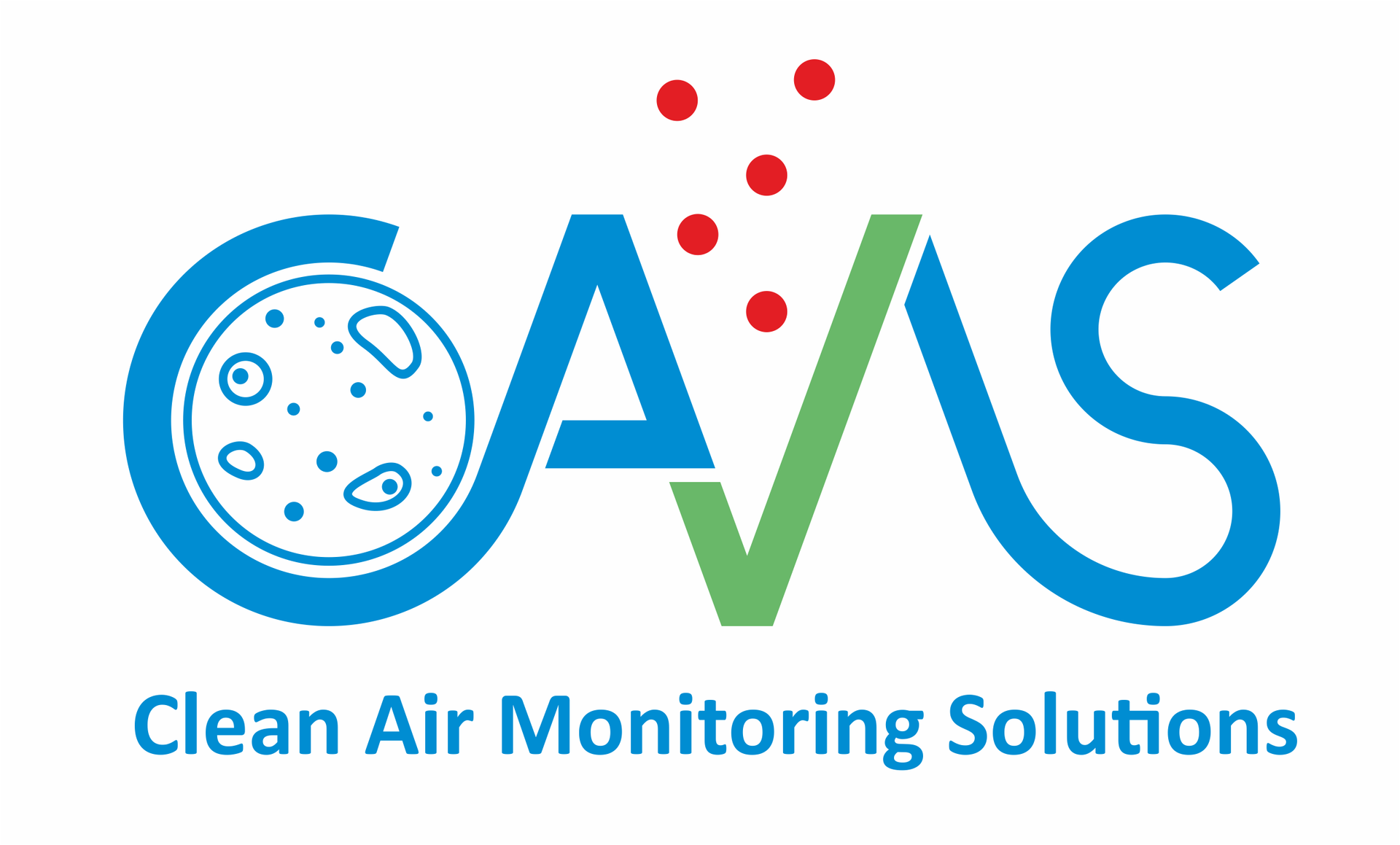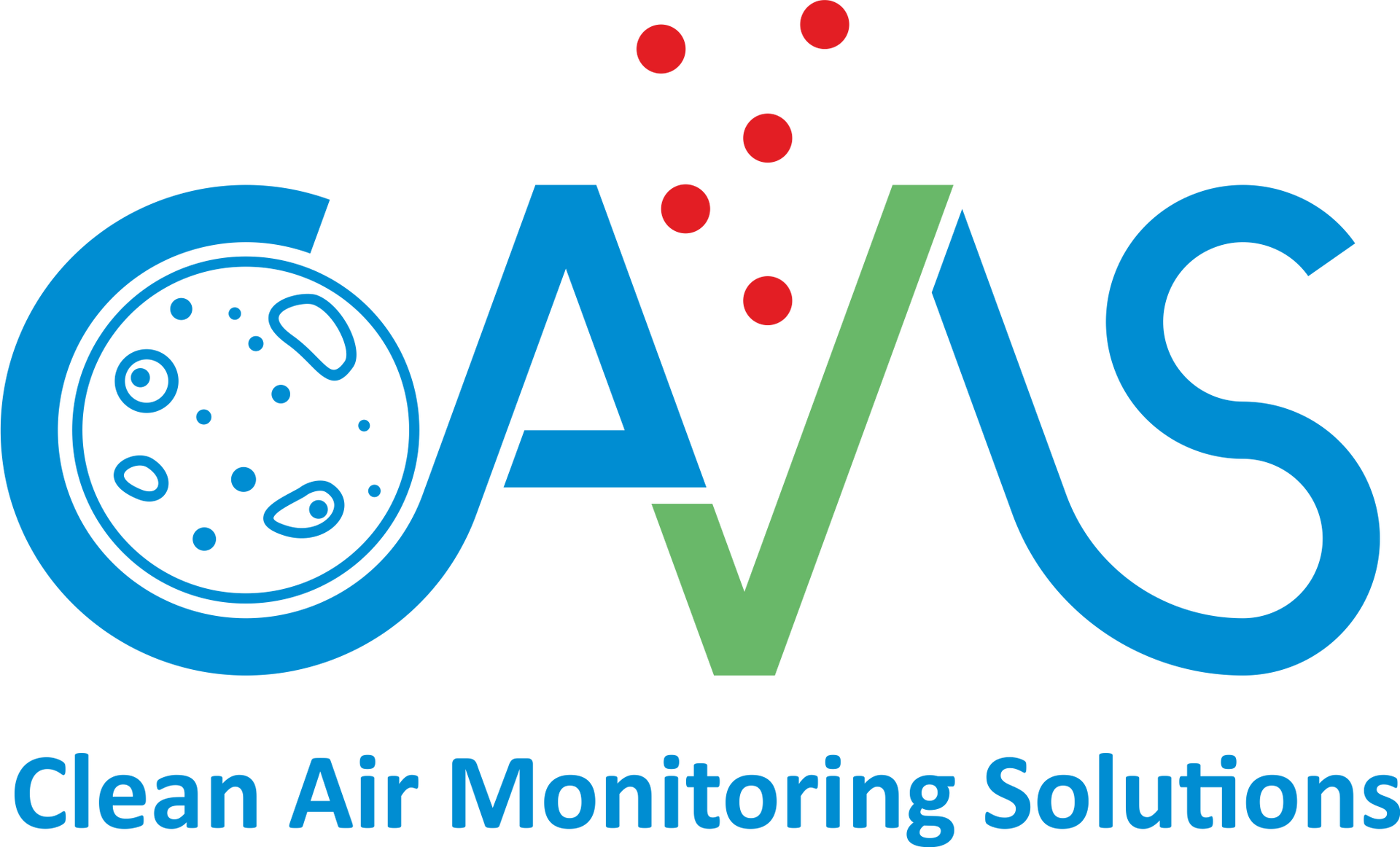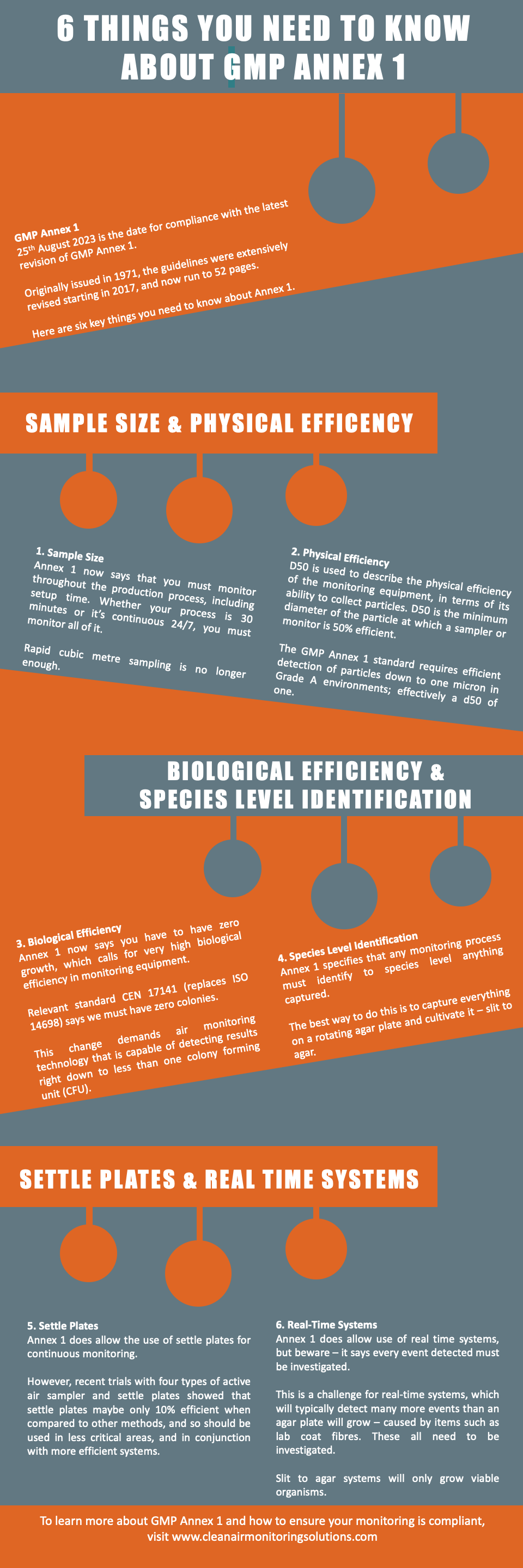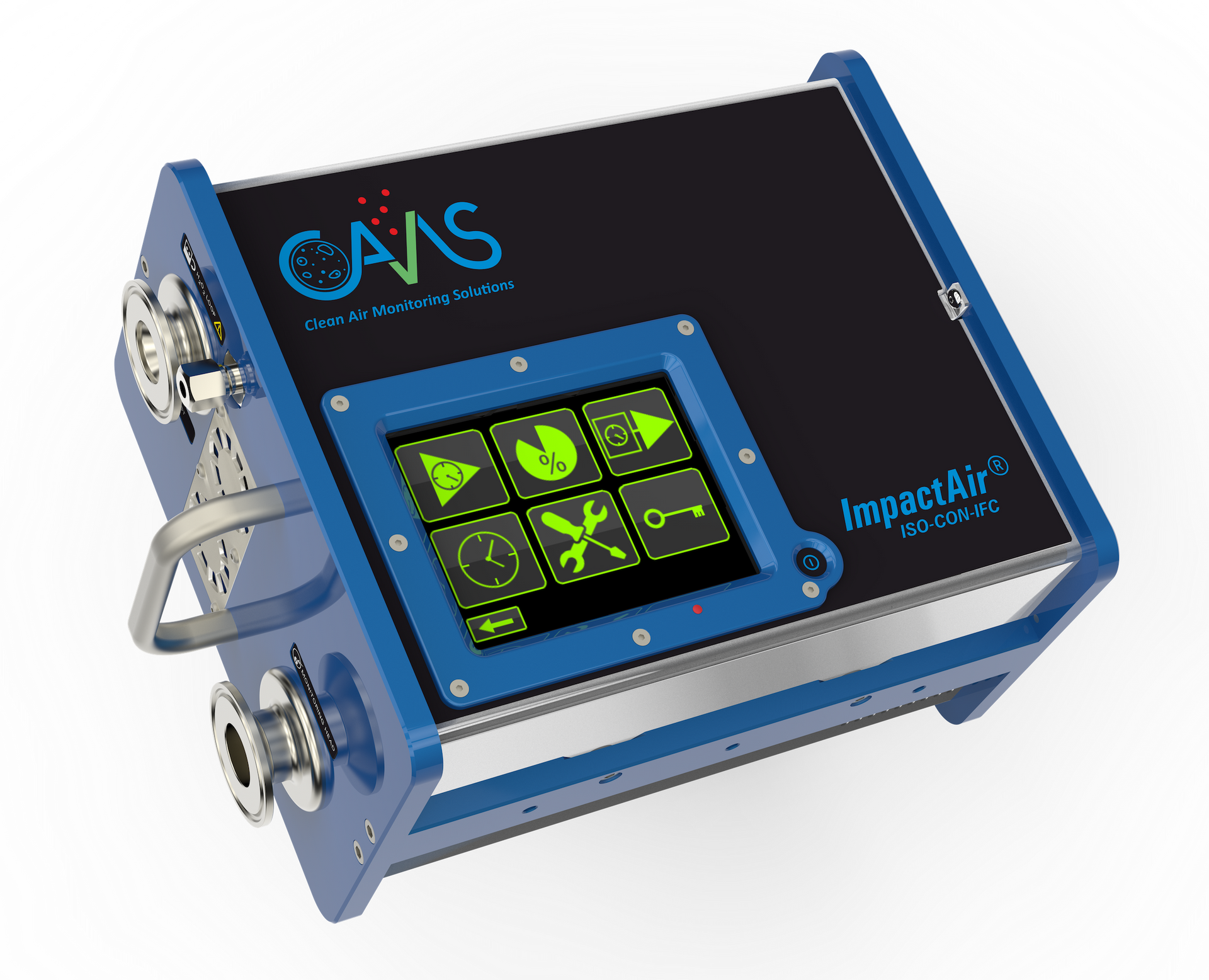GMP Annex 1: Six things you need to know
GMP Annex 1
The latest revision of GMP Annex 1. has been announced, and will mostly come into force on 25th August 2023.
Originally issued in 1971, the guidelines were extensively revised starting in 2017, and now run to 59 pages. More details here.
Here are six key things you need to know about Annex 1. You can also download this information as an infographic below.
1. Sample Size
Annex 1 now says that you must monitor throughout the production process, including setup time. Whether your process is 30 minutes or it’s continuous 24/7, you must monitor all of it.
Rapid cubic metre sampling is no longer enough.
2. Physical Efficiency
D50 is used to describe the physical efficiency of the monitoring equipment, in terms of its ability to collect particles. D50 is the minimum diameter of the particle at which a sampler or monitor is 50% efficient.
The GMP Annex 1 standard requires efficient detection of particles down to one micron in Grade A environments; effectively a d50 of one.
3. Biological Efficiency
Annex 1 now says you have to have zero growth, which calls for very high biological efficiency in monitoring equipment.
Relevant standard CEN 17141 (replaces ISO 14698) says we must have zero colonies.
This change demands air monitoring technology that is capable of detecting results right down to less than one colony forming unit (CFU).
4. Species Level Identification
Annex 1 specifies that any monitoring process must identify to species level anything captured.
The best way to do this is to capture everything on a rotating agar plate and cultivate it – slit to agar.
5. Settle Plates
Annex 1 does allow the use of settle plates for continuous monitoring.
However, recent trials with four types of active air sampler and settle plates showed that settle plates maybe only 10% efficient when compared to other methods, and so should be used in less critical areas, and in conjunction with more efficient systems.
6. Real-Time Systems
Annex 1 does allow use of real time systems, but beware – it says every event detected must be investigated.
This is a challenge for real-time systems, which will typically detect many more events than an agar plate will grow – caused by items such as lab coat fibres. These all need to be investigated.
Slit to agar systems will only grow viable organisms.
Find Out More
To learn more about GMP Annex 1 and how to ensure your monitoring is compliant, contact us.
If you'd like your own copy of the infographic, you can download it below.
Download the Infographic
Let's Talk
1st floor (SMF), North Road, Bridgend Industrial Estate, Bridgend, UK, CF31 3TP

© Clean Air Monitoring Solutions 2023. Cedwir Pob Hawl / All Rights Reserved.





